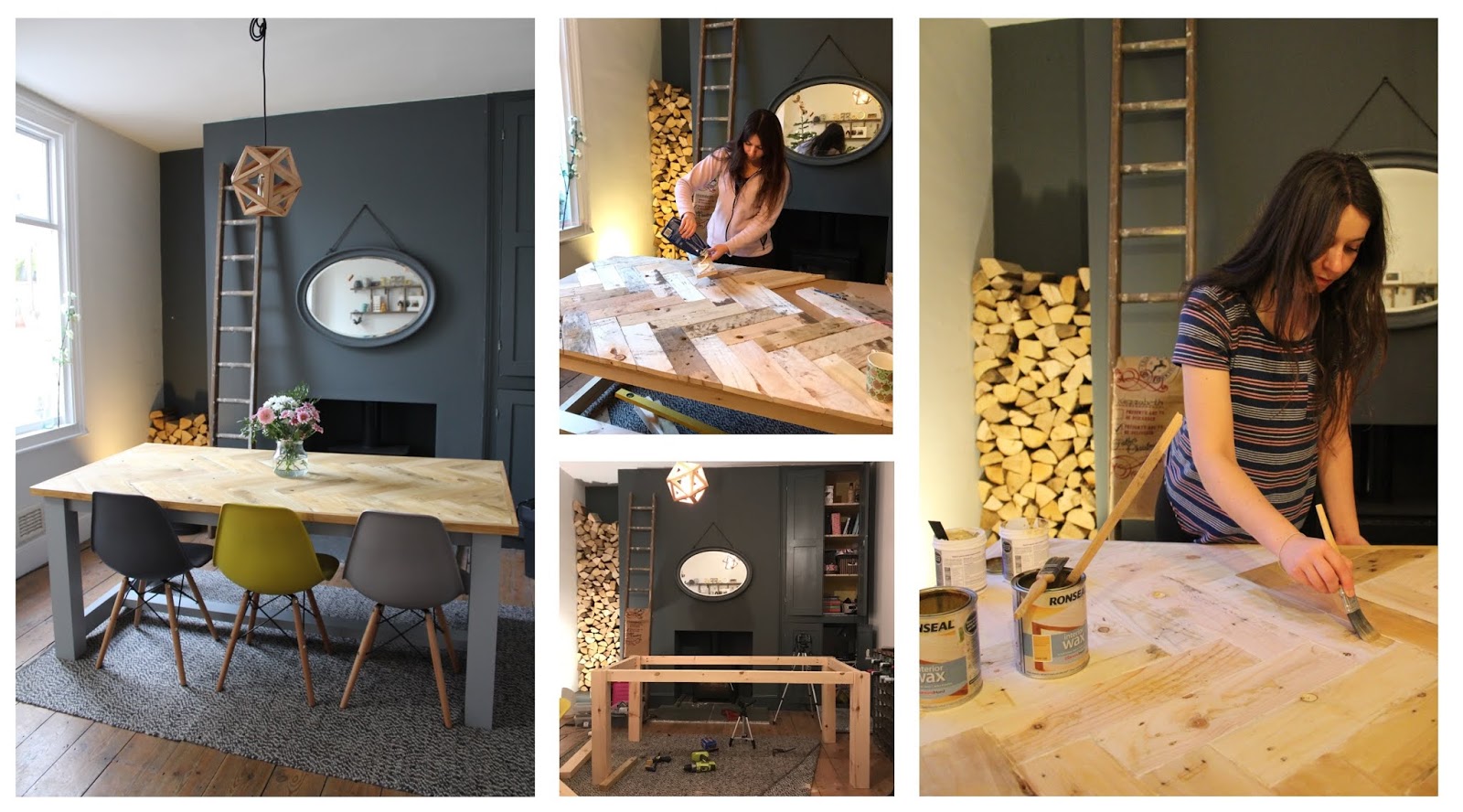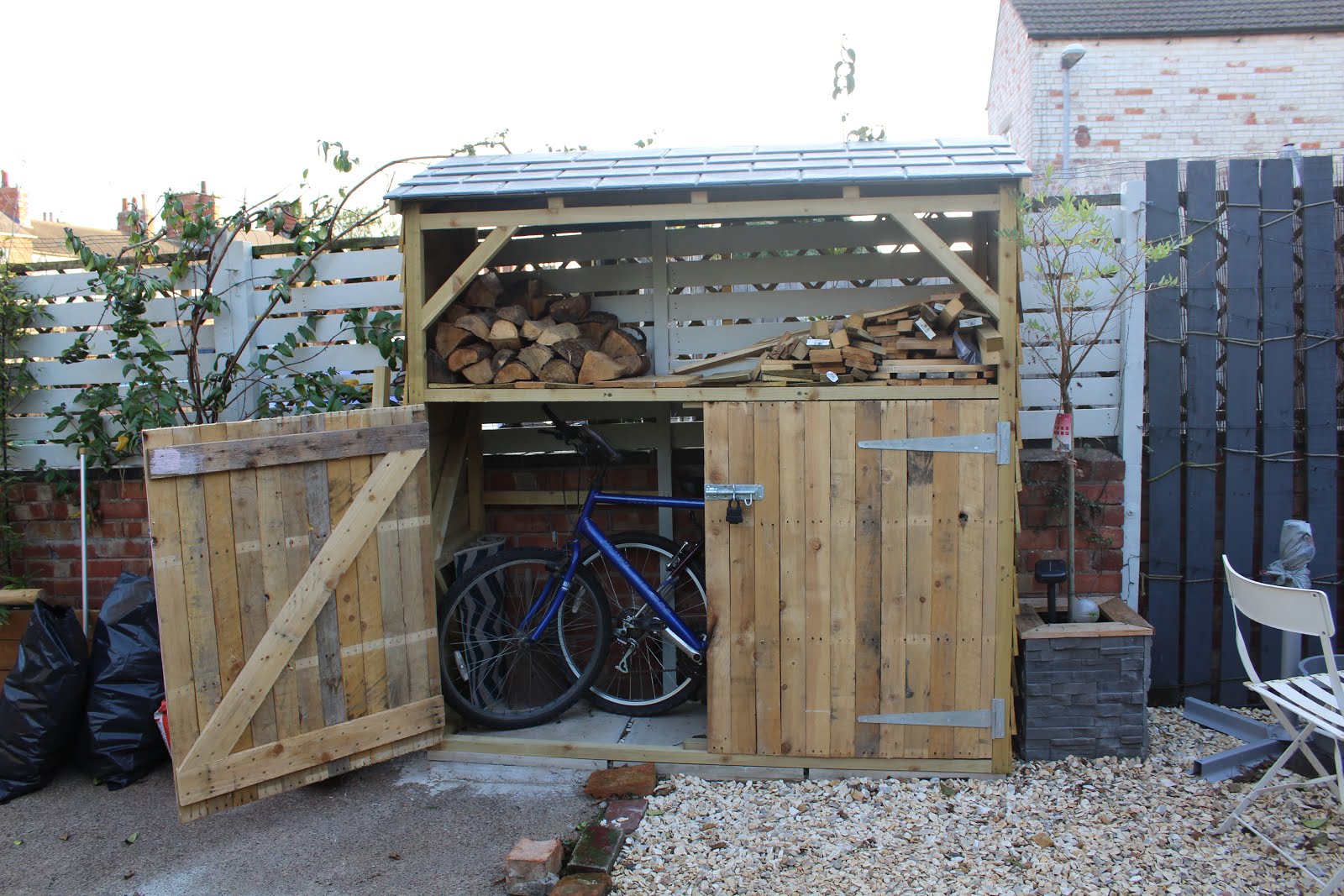If you’ve followed us for a while now, you’ll know this is a job we’ve completed FOUR times – with one more fireplace still to uncover. Opening up a bricked up fireplace isn’t as scary as it sounds – in fact, it’s fairly straightforward. BUT there are some things you’ll need to keep in mind.
We recently opened up our basement fireplace, so I thought it was about time I put together a guide on how we’ve personally opened up all our chimneys and fireplaces over the years – what we’ve learnt and how you can open yours, too! So if this is a job on your DIY list, then keep reading!

Disclosure: This post contains affiliate links, which allows me to receive a small commission if you visit a link and buy something on my recommendation. Purchasing via an affiliate link doesn’t cost you any extra, and I only recommend products I have bought or used myself. Affiliate links are marked with an asterisk (*).
Check Your Lintels!
First things first, before starting ANY work, you need to check your lintels. Lintels are structural supports which prevents the brickwork above any opening from sinking/falling down. You’ll find lintels above doors, windows, other large openings and above open fireplaces too.
In a chimney, your lintel will probably be made from stone, concrete or you’ll have a brick arch which forms its own lintel – but I’ll explain that a bit more on this later! Some houses may have wooden lintels, which is perfectly fine providing you do not plan to use your fireplace for an actual fire.
In order to find a lintel in a bricked-up fireplace opening, you’ll usually need to remove some plaster on the face of the chimney breast. You can do this using a hammer to simply break away some plaster until you find one!
You can see in the images below we removed almost all the plaster because we want to expose our bricks in this room, but you certainly don’t have to take this much off! We have a stone lintel in this photo at elbow height which is partially painted black.
If you have a vent in your chimney, or perhaps you’ve removed a gas fire and revealed a hole – you can always shine a torch inside and check for a lintel this way instead. We did this in our lounge to save removing too much of our original lime plaster.
Word of caution though – you may get covered in a fair bit of soot dust!!

Cracked Lintels or No Lintel?
If you’ve found a lintel, but it’s cracked and looks like it may eventually end up in two pieces, then, unfortunately, you’re going to have to replace it.
If you’ve discovered you don’t have a lintel, firstly don’t freak out – this does happen and has, in fact, happened to us! And no, it doesn’t mean your chimney is necessarily going to fall down. Older houses tend to be pretty resilient, but it’s important to re-install any missing lintels.
Below you can see our dining room chimney which was missing a lintel! You may just be able to make out some bricks which would have formed part of an arch on the right. We suspect the arch had failed in the past and this was someone’s bodge fix.

Found a Brick Arch? This Is Your Lintel!
Brick arches form their own lintels. Don’t believe me? Take a walk around some Victorian or Georgian streets and you’ll notice arches above windows, arches above doors and let’s not forget, many victorian bridges are in fact, ARCHED. Not a concrete or stone lintel in sight.
But how does it work, you ask? The science is fairly simple if a little difficult to explain!
Essentially, the downward force from the brickwork above is pushed sideways into either end of the arch, diverting the load. So unlike a concrete or steel lintel which takes the full downward weight of a load, an arch spreads the load sideways. Therefore an arch only works when it’s properly supported by brickwork either side. Some arches may have a steel former, these should also be left in place.
If you want to read an extremely in-depth article which explains the different arches in further detail AND also when an arch isn’t suitable, then I highly recommend checking this article out! It’s written by a structural engineer who can explain arches in much more detail than I ever could! This article is also useful and explains one method of re-enforcing an arch should you need to.
Many brick arches, however, will not require further support unless the bricks are loose or there’s evidence of visible movement in your chimney. In which case, you have two options: repair the arch, or replace with a concrete lintel. Here’s a snap below of an arched lintel in our lounge:
Obviously, I’m not a structural engineer, so I can’t speak for ALL chimneys or arches – if you have any doubt about the structural ability of an arch (or other lintels), please seek professional advice!

Replacing or Installing Lintels
If you need to replace or install a new lintel, don’t panic – this doesn’t necessarily mean you need to hire a builder and pay £££. You will, however, need some amount of DIY confidence and some specific tools to cut your new lintel.
We’ve only needed to fit one lintel so far in this house and considering it was one of our earlier DIY tasks within this house (where we had less experience), it turned out to be a relatively simple task!

Although I say it was simple, the brickwork on our chimney was in good condition and the opening of our fireplace was less than 1m width. For wider openings or poor condition chimneys, you should use acro-props and seek professional advice.
If you want more info on replacing or installing lintels, please check out our DIYers Guide to Fitting a Lintel in a Chimney.
Removing Bricks In a Chimney
If you already had a good condition lintel in place, you can get straight onto the fun stuff – removing the bricks inside your chimney!
Tools for the Job
You can do this simply using masonry chisels (linked the set we own here!) and a lump hammer. Or if you have a bigger budget, an SDS drill will make quick work of this job. We personally prefer to start with a masonry chisel to reduce vibrations as you’ll need to be cautious of dislodging brickwork above the lintel, which is particularly important if you have an arch!

It’s also a good idea to protect the floor beneath your chimney as you’re likely to have bricks and bits of mortar falling about the place. If you have a tiled hearth you’ll want to be particularly careful and I would cover with cardboard and some old bedsheets to soften the surface. Or a large piece of wood also does the job!
If you have carpet, you’ll want to prevent staining, so a protective floor covering is ideal!
We haven’t had any extreme amounts of soot falling during any of our fireplace openings, however, if your room is furnished – I would recommend covering nearby sofas too, just to be on the safe side.
Removing First Row of Bricks
Starting just beneath your arch or lintel, use your chisel or drill to wear away the mortar around the bricks, one by one. As you do this, you will slowly be able to remove each brick at a time. The top row is the hardest as there’s less wriggle-room so to speak, but once you have that first row out, removing the rest will become much easier!


You’ll be able to see the bricks which make up your chimney and those which are just ‘filling in’ the opening. It’s important you don’t remove ANY extra brickwork. For example, if you want to widen your opening – you will need to replace your lintel with a wider lintel.
What Will You Find Inside?
Some lucky folk have found original stoves or fireplaces stashed inside their chimney, but for most of us, we just uncover a shit ton of coal dust and if you’re REALLY unlucky, you may find a dead bird or two.
If you find any brickwork inside your opening which is tied into the chimney, this must not be removed as it will form part of the whole chimney structure!
Can You Go Ahead and Light a Fire?
As excited as you might be to have reopened your fireplace, I do not recommend lighting a fire straight away. There are a couple more things you’ll need to check before you can ensure it’s safe to make a fire.
Get A Chimney Sweep In!
I highly recommend getting a chimney sweep in to remove any remaining soot which will slowly fall down in the following days (weeks and months!) afterwards. They will also be able to tell you if your chimney is blocked further up and may be able to identify any further issues which may prevent you from immediately being able to light a fire.
Hearth and Combustible Materials
Whilst you may have successfully opened up your fireplace, there are still a few more jobs you’ll need to tackle before lighting a fire!
You need to make sure your hearth is fire safe and you’ll also need to check for any combustible materials (plasterboard within your fireplace opening, for example) which will need to be removed. You may also need to consider vents for additional oxygen.
Do A Smoke Test
After this, you’ll need to do a smoke test to check there’s enough draw up the chimney and make sure there’s no leakage. Again, a chimney sweep or other HETAS installer should be able to advise you on this.
Only once you’re CERTAIN your new opening is fire-ready, you can go ahead and light a fire!
Ways To Make a Feature of a Fireplace Opening
Alternatively, you may simply want to keep your opening decorative, as we plan to do in our basement. We’re actually thinking of adding a shelf with a gin bar! But you could easily place flowers in yours, logs with fairy lights for decoration or even just a simple dog bed!
Another idea for period houses is to fit a period fireplace, like this one in our spare bedroom (although if you wish to do this, you may not need to knock out the WHOLE opening).

Or, you may want to install a log burner, as we’ve done in the dining room. You can read about the process and total costs here.

The options are endless, but one thing’s for sure, I personally think fireplace openings make a real feature within a room, giving a focal point and open fireplaces particularly help to enlarge a room slightly.
And if you’re interested in seeing what our basement fireplace now looks like – check out this beast!

I hope this post on opening a bricked up fireplace was useful. As ever, if you’re unsure about any DIY work, particularly where structural issues may be present, then please always seek professional advice! It’s always best to double-check and saves a headache in the long run.
Happy DIYing!
*This post contains some affiliate links.















3 Comments
I have made a start on uncovering my fireplace. First day, but not going well. There seems to be over 5 inches of concrete where the fireplace cavity is. Halted work, while I procure better tools!!
Oh good luck! That sounds like it’s going to be a fair amount of work!!
We have an open fire and removed the concrete surround, the fire insert. We are now at that scary place where we can see the rubble, the chimney liner hanging down and the fire back exposed 🙈